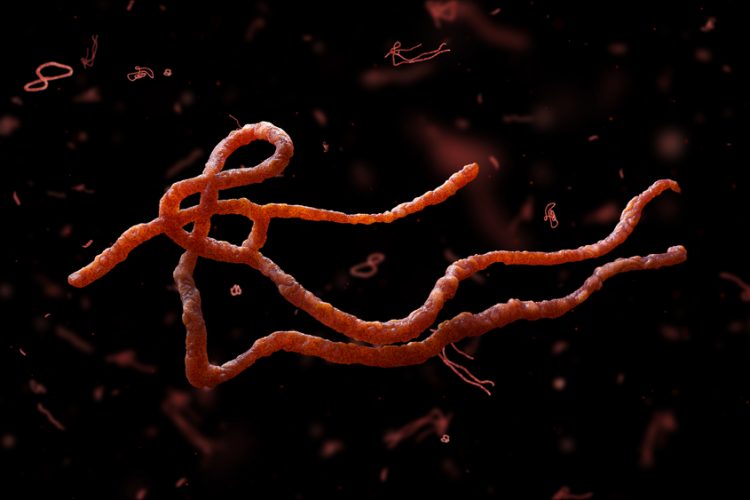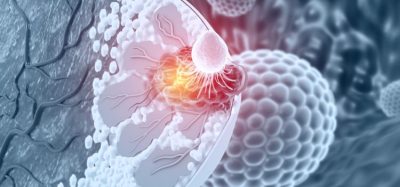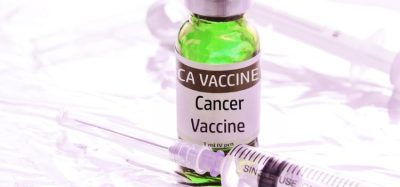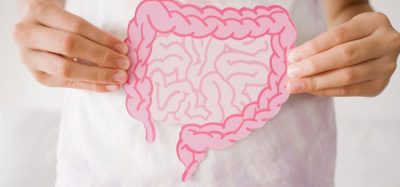Researchers have developed an experiment that demonstrates an engineering technology – which can quickly identify potential drug combinations that are effective on a small-animal model organism.
The experiment could lead to further work that produces effective treatments for parasitic roundworms, or nematodes, that contribute to disease in people and livestock, said Santosh Pandey, an Associate Professor of electrical and computer engineering at Iowa State University.
The few drugs available to treat the roundworms are losing their effectiveness as the parasites develop multidrug resistance. Specimens of the Caenorhabditis elegans nematode were placed in microfluidic test chambers and exposed to different combinations of four drugs that paralyse the nematodes – levamisole, pyrantel, methyridine and tribendimidine.
The experiment built on prior work by Prof Pandey’s research group to test the effects of individual drugs on the C. elegans nematode. To measure the effects of the drugs, the lab developed video tracking software that quantifies a worm’s movement in terms of its velocity and curvature.
To measure the effects of the drugs, the lab developed video tracking software that quantifies a worm’s movement in terms of its velocity and curvature. “We wanted to quantify paralysis events in worms using a simple, identifiable set of parameters,” Prof Pandey said. “A worm with the highest curvature and lowest velocity is really struggling and is paralysed.”
Prof Pandey said a study goal was to find a mixture that reduced drug concentrations while increasing toxicity. That could reduce costs of treating the parasites and fight the development of drug resistance.
Prof Pandey’s group identified six concentration levels for each of the four drugs. Chih-Ming Ho of the University of California, Los Angeles optimisation system took those levels and suggested eight different mixtures of the four drugs at various concentrations. Prof Pandey’s group exposed worms to each of the eight and fed the results back to the system. The system kept the four most effective combinations and suggested four more.
In this experiment, a “winning cocktail” was identified after the process was repeated four times for 32 total tests, according to Prof Pandey’s research group.
Even though the computer system only requires feedback about experimental results – no information about drug pharmacology, animal biology or other characteristics is required – Prof Pandey’s group found it was an effective tool for quickly finding a drug combination that was effective against nematodes.
The test validates the use of the feedback system for drug testing on nematodes as a whole organism, according to the paper. Dr Ho has previously shown the feedback system can be used in cell studies, including the development of cancer drugs and culture systems to maintain stem cells.
The researchers’ successful demonstration of an effective drug combination for nematodes could help find solutions to two major problems associated with nematode infections, said Prof Pandey.
“One is multidrug resistance,” he said. “These parasites are becoming more resistant to the drugs we have been using. Two is the tremendous expense of developing new drugs – it can take more than ten years and it’s very costly.”
“A smarter alternative to drug discovery would be coming up with optimised combinations of existing drugs that are more effective and already approved by the Food and Drug Administration,” he said. “An exciting challenge would be to test if this technique works on other model organisms and parasites.”










